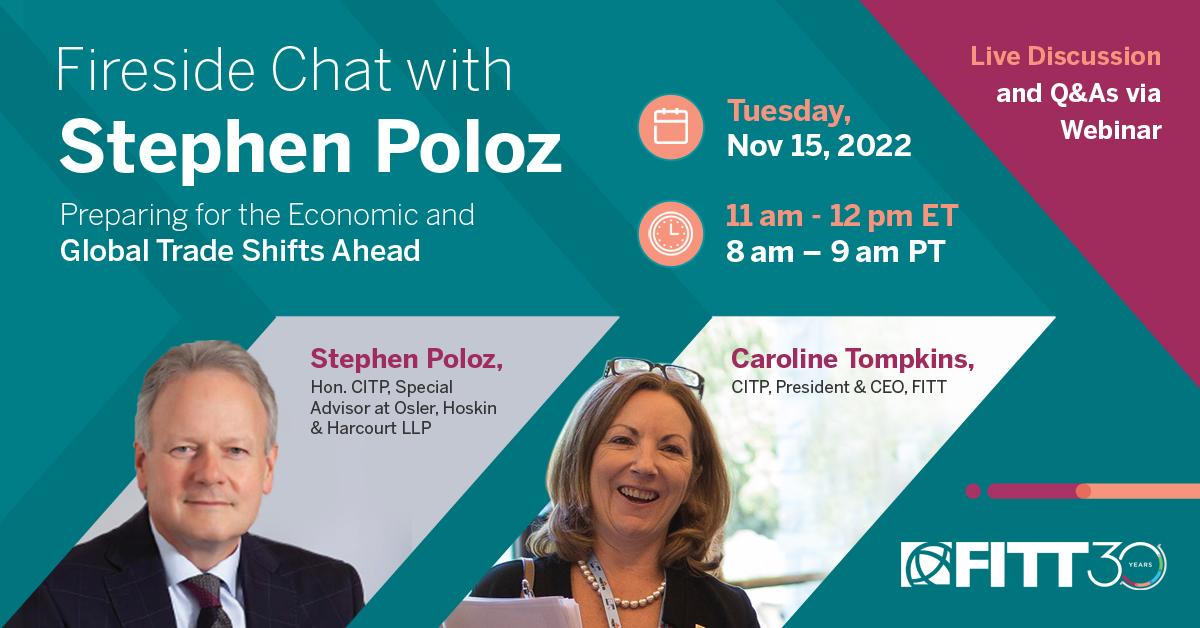 Relationships are all about give and take.
Relationships are all about give and take.
A manager at IBM once told me to think of relationships as bank accounts. You must deposit into them before you can make a withdrawal. This holds true not only in business, but also in any relationship.
Strong relationships are very important in business.
This is especially true in international business, where there needs to be so much trust and dependability because big things are happening across large distances.
Although the foundations upon which relationships are built are similar for domestic and international markets, building relationships internationally comes with its own challenges. Domestically, I can usually drive my car and go for a face-to-face meeting. I don’t really have this luxury when working internationally.
We’re thankful for technologies that enable us to continue quality long-distance communications via mediums like Skype, but it’s important to ensure the distance doesn’t prevent you from doing good business.
Your actions will need to speak louder than your words.
The following five considerations will help you build strong international business relationships with your global partners so you can maintain a healthy and well-deposited ‘bank account’.
1. Focus on building credibility with your global business partners
You’re credible if you’re honest, transparent and tell it like it is. This quality will naturally make its way to the products you represent.
I once had an issue with a cheap imitation of one of the brands I represent. The deal was almost sealed with the distributor, but we were hit with the news that a knock-off product from China that claimed to do what our product does was already on market shelves for a fraction of our price.
This news negatively affected our distributor’s willingness to continue negotiations with us, and the deal never materialized.
Our intention was never to hide any information; we just didn’t know. This also speaks to the importance of proper research on the foreign market in which you’re interested.
As a corrective action, and to maintain our credibility, we modified all our proposals to include the names of such knock-offs. We also now offer guidance on the differentiating factors and the benefits of representing only original products.
2. Set the right expectations so you can always follow-through
Nobody likes it when expectations aren’t met.
Whether it’s a deadline or a product specification, don’t assume there’s understanding; ensure that everyone’s on the same page.
I had a situation once with the display boxes that we ship with our products. They’re white in color. Why? Because they’re targeted for the international market, which comes with different languages and tastes. A blank canvas enabled the distributors to add their own name, logo and the language most suited for their local market.
However, at the time our website featured a display box that wasn’t white. It was one of the display boxes used as a sample, and it was printed with graphics and names. The distributor assumed that the box listed on the website is what they’d receive, but to their surprise when they received it, it wasn’t.
We fixed the situation by sending them high-quality posters to use, and future shipments were no longer an issue. However, this led us to do a complete review of all our materials to ensure we always set proper expectations and follow through with them.
Our proposals now include the white display boxes, and we clearly state the added benefit for using that colour.
Learn from every transaction and use what you learn to perfect the next one.
3. Listen to your global customers and adapt your offerings accordingly
Everyone and every business has their motivations for being in relationships.
Listen to your global partners and learn their goals and what motivates them. Ensure that you align your offerings with their goals.
This is a simple sales concept, but you have to be able to answer their question, “What’s in it for me?”
For us at Canada Topp, listening and adapting our offerings resulted in redesigned packages with different colors and languages.
- We modified images, instructions and leaflet sizes. Many customers were also not reading the instructions, so we created fun videos which were easier to follow.
- We put all instructions on websites in different languages so they can be read online easily via computer or smart phone.
Don’t make the mistake of expecting that what’s working for you at home can be forced onto a foreign market. Listen and adapt.
Listen to your partners’ preferred communication style too. If you’re not getting prompt replies to your emails, they may prefer talking over the phone. I usually like to ask what works for them.
One of the distributors I work with prefers text chatting over Skype. It works for him, and I managed to adapt to his style. As a result, we have a more successful relationship.
4. Share any knowledge that will help your partnerships succeed
Knowledge is power.
The more you equip your distributors with knowledge, the more convinced they’ll be to continue working with you.
This point escapes some companies.
There ought to be two types of shared knowledge: One that’s relevant to the distributor, and another which is relevant to the customer. The distributor needs to learn both so they can run their business side and also learn how to position the product in the market.
At Canada Topp, we’ve developed two sets of information for every brand we represent.
We also offer our distributors access to a database which houses a lot of resources they can use to promote the products. We usually aim to recruit distributors who’ve been in business for at least seven years with knowledge of the industry so we minimize the learning curve, and we benefit from their existing experience.
Keep distributors informed with all relevant updates on your products so they’re always motivated to work with you.
5. It comes down to “Trust” for building long-term international business relationships
Trust is the result of behaving credibly, setting the right expectations, listening and adapting, and sharing knowledge.
Trust leads to successful business transactions which are repeated for many years. It’s the foundation for long, lasting and fruitful relationships.
Studies have shown that it costs seven times as much to acquire a new customer as it does to keep an existing one. With trust, you’re keeping the existing ones. And each of them will get you three more!
The question is: Can you afford not to make a serious effort to build relationships?
What’s your best advice for developing strong international business relationships?








In fact when someone doesn’t know after that its up to other visitors that they will
help, so here it occurs.